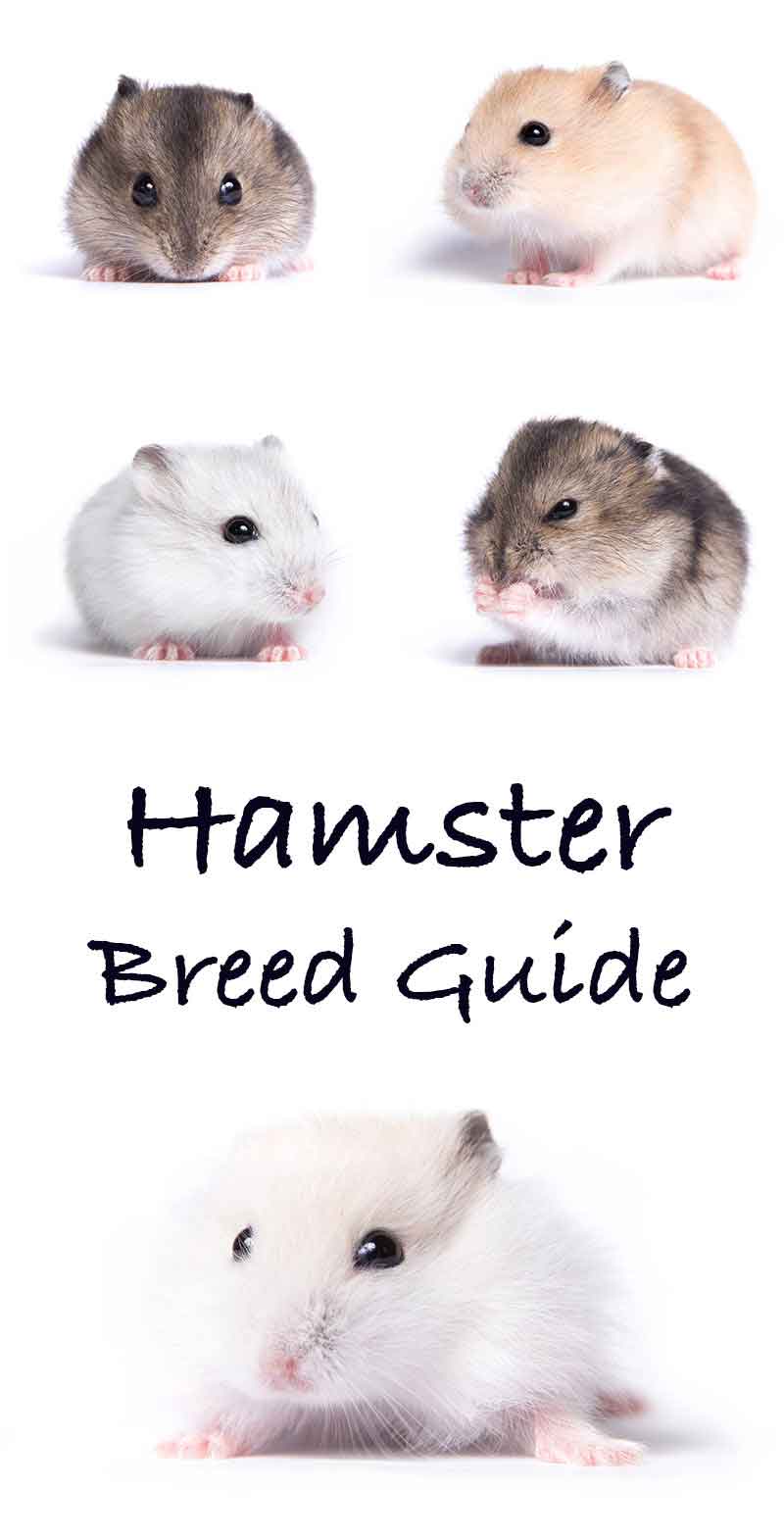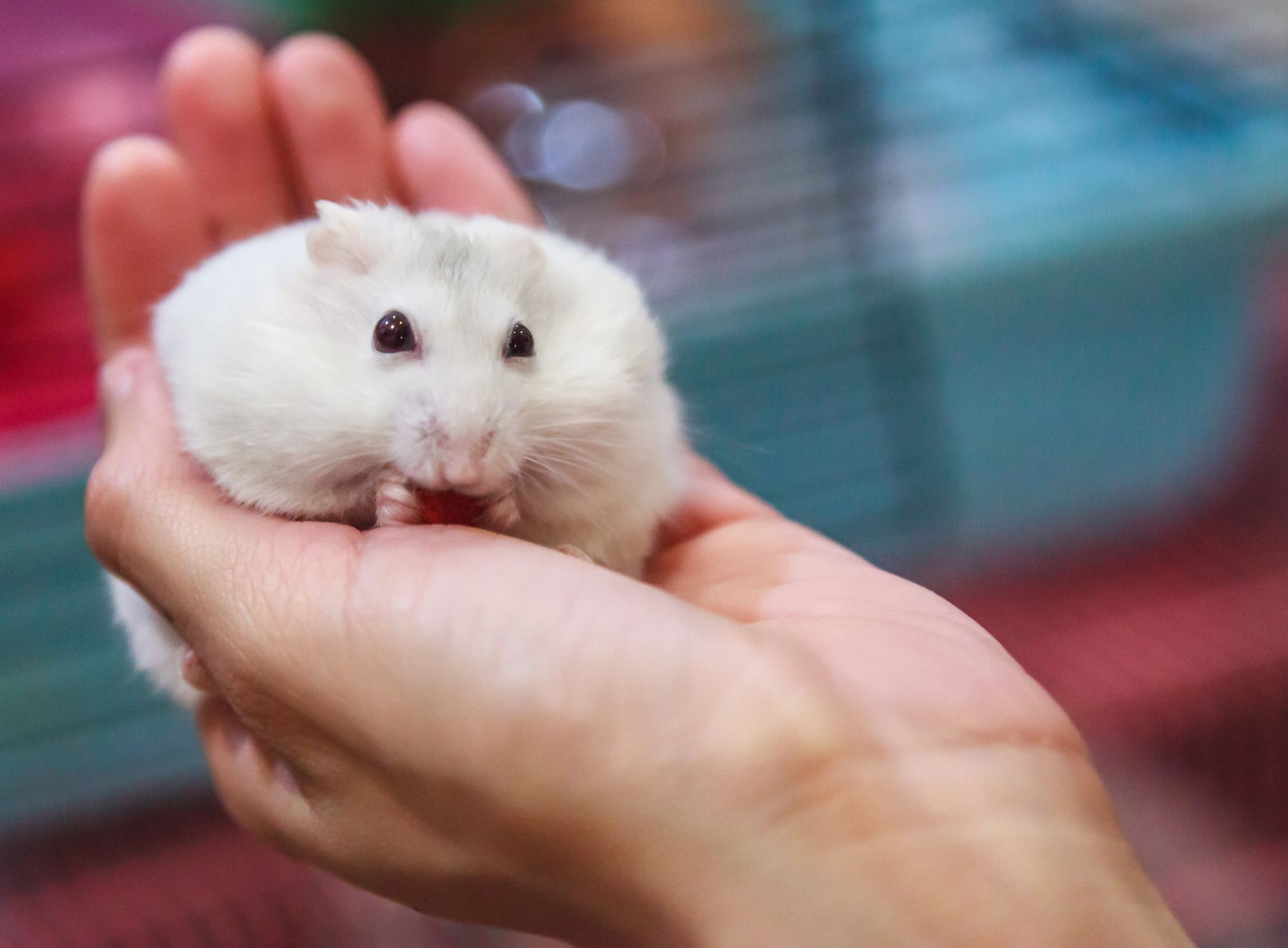Top Hamster Breeds for Families with Pets
Choosing the perfect family pet is an exciting yet daunting task. With so many options available, you might consider hamsters, which can be ideal companions for both children and adults. These small creatures are generally easy to care for, relatively low-cost, and offer a unique bond between pet and owner. In this article, we’ll explore some of the top hamster breeds that make excellent family pets, their characteristics, care needs, and how to choose the right breed for your family.
Understanding Different Hamster Breeds
There are several breeds of hamsters, each differing in temperament, size, and social behaviors. It’s essential to understand these differences to find a breed that might suit your family’s lifestyle. Generally, hamsters are categorized into two main types: Syrian and dwarf hamsters. **Syrian hamsters** are larger and typically more docile, making them great for children. In contrast, **dwarf hamsters** are smaller and often more energetic, which could be a better fit for families who enjoy lively interactions with their pets.
Syrian Hamsters: The Family Favorite
Syrian hamsters, also known as golden hamsters, are among the most popular **hamster breeds for families**. They can grow up to 6 inches in length and are characterized by their gentle demeanor and affectionate temperament. Syrian hamsters thrive on individual attention and can be easily handled by children from a young age. Additionally, they can be provided separate bedding, tunnels, and exercise wheels in a spacious cage to keep them entertained. Ensuring that they have sufficient space and stimulation is critical for their well-being.

Dwarf Hamsters: Energetic Companions
Dwarf hamsters come in various breeds, namely the Campbell’s, Winter White, and Robo dwarf hamsters. These little furballs are generally smaller than Syrian hamsters and tend to be more active. They may also be kept socialized in pairs or groups, although this can lead to territorial disputes. Families looking for lively companions that are fun to watch may find dwarf hamsters a perfect fit. They require ample exercise and should have enriched habitats, including tunnels and tunnels for climbing.
Choosing the Right Habitat
The correct habitat plays an essential role in the comfort and happiness of your hamster. Regardless of the breed, your hamster should have a suitable cage that meets their needs. Aim for a cage that’s spacious, well-ventilated, and allows for personal enrichment items like chew toys and tunnels. A solid flooring platform is beneficial, as it prevents your hamster’s tiny feet from getting stuck. Furthermore, remember that hamsters are nocturnal and should have areas that reflect their natural habitat with bedding that absorbs moisture and allows them to dig and burrow.
Essential Supplies for Hamster Care
In addition to choosing the right habitat, selecting proper supplies for their care is necessary. Here are some essentials to provide a comfortable environment:
- Cage: A spacious multi-level cage enhances their environment.
- Bedding: Soft, absorbent bedding material helps them maintain hygiene.
- Food dish: A sturdy dish ensures a consistent food source.
- Water bottle: A bottle that is accessible for both adult and young hamster alike, preventing spills.
- Toys and exercise wheels: Keeps your pet fit and entertained.
Feeding Your Hamster: A Balanced Diet
Feeding your hamster a balanced diet is crucial for their overall health. Pelleted hamster food is widely available and is recommended as a balanced base. Additionally, supplement their diet with fresh vegetables, fruits, and occasional protein sources like boiled eggs or mealworms. Being cautious about certain foods is important, as some can be toxic to hamsters. Daily fresh water should always be available to maintain proper hydration. Key here is to ensure variety without overfeeding—monitor their weight and avoid high-fat treats.
Socialization and Training for Family Development
Socializing your hamster is critical to developing a bond between your pet and your family. It’s advisable to handle your hamster gently and frequently, especially when they are young. Gradually introduce handling to your children, supervising their interactions as they learn to be gentle and respectful towards the pet. **Training your hamster** can also be beneficial. Simple commands can be taught using positive reinforcement methods like treats. For instance, encouraging them to come when called or run through a small tunnel can be both fun and motivating for them.
Signs of a Healthy Hamster
Regular observation is essential to ensure the well-being of your pet. Healthy hamsters should have bright eyes, clean fur, and a playful demeanor. Keep an eye on their eating habits, energy levels, and bathroom patterns. Sudden changes in behavior may indicate health issues, requiring a visit to the veterinarian. Providing a stress-free environment, minimizing loud noises and sudden movements, is key to maintaining your hamster’s well-being.
Creating Safe Playtime Environments
Engaging your hamster during playtime enhances their quality of life. Designate a space for floor play with barriers if necessary. This area allows them to explore without the risk of wandering off or encountering hazards. You can introduce tunnels, ramps, or even use a hamster ball to encourage exercise. Introducing new toys regularly brings excitement and keeps your hamster mentally stimulated. Supervision during play helps ensure both the hamster’s safety and the health of your surroundings.
Key Takeaways
- Syrian hamsters are known for their friendly nature, while dwarf hamsters are more energetic and lively.
- Providing the right habitat and proper diet is essential for your hamster’s health and happiness.
- Socialization and careful training can yield a well-behaved and affectionate pet.
FAQ
1. What is the best breed of hamster for kids?
Syrian hamsters are generally the most recommended breed for families with kids due to their docile temperament. They can be easier to handle and enjoy interacting with people. Proper socialization from a young age fosters a strong bond, making them an excellent pet choice for children.
2. How much space do hamsters need in their cage?
A minimum of 24 inches long and 12 inches wide is recommended for a hamster cage, though larger is always better. Syrian hamsters require more space compared to dwarf breeds, and adding multi-level designs greatly enhances their living environment, providing enrichment opportunities.
3. Can hamsters be kept together, or should they be alone?
While Syrian hamsters are solitary and should be kept alone to prevent territorial disputes, dwarf hamsters can often be kept in pairs or small groups. However, careful observation is necessary to ensure their compatibility and harmony within the group.
4. What are common health issues in hamsters?
Common health issues include wet tail, respiratory problems, and obesity. Regular monitoring of their eating habits, as well as cleanliness in their cage, ensures early detection of any potential health concerns. Consulting with a vet familiar with small animals is recommended for any noticeable issues.
5. How do I know if my hamster is happy?
A happy hamster typically exhibits playful behavior, explores their environment, and engages in activities like running on their wheel or playing with toys. Regular grooming habits and curiosity are also signs that your hamster is content in their habitat.
